This Article critically examines Oliver Wendell Holmes’s widely influential but controversial “bad man” theory of law from its inception during a speech Holmes gave for the dedication of a new hall of the Boston University School of Law in 1897, through its development over the next century, to its current influence over legal fields as diverse as contract law, tort law, and modern punitive damages jurisprudence. This Article argues that Holmes’s theory, despite its extraordinary influence, has been widely misunderstood and can be more profitably understood—by both supporters and critics alike—not as supporting the bad man but the good, by providing an effective counterpart to the traditional positivist theory of law for which Holmes’s bad man theory has so often been associated. Indeed, Holmes’s theory, which has been portrayed by some as supporting the argument for the strict separation of law and morality, has been attacked by its critics both descriptively (as providing an incomplete picture of the law) and normatively (as providing an immoral or, at best, amoral theory of law) and has been accused of artificially driving a wedge between law on the one hand, and justice or morality on the other. Far from overlooking this relationship, however, a careful reading of Holmes suggests that he was himself well aware of the intimate relationship between law and morality, and seems to have recognized, somewhat surprisingly, that only by engaging in an analytical separation of these two concepts can they then be normatively reunited in an intellectually consistent and satisfying manner. In short, Holmes’s theory supports the idea that only by recognizing the differences between the concepts of law and justice, rather than by stressing their similarities, can the two be brought together and integrated into the social fabric upon which law must necessarily rest.

